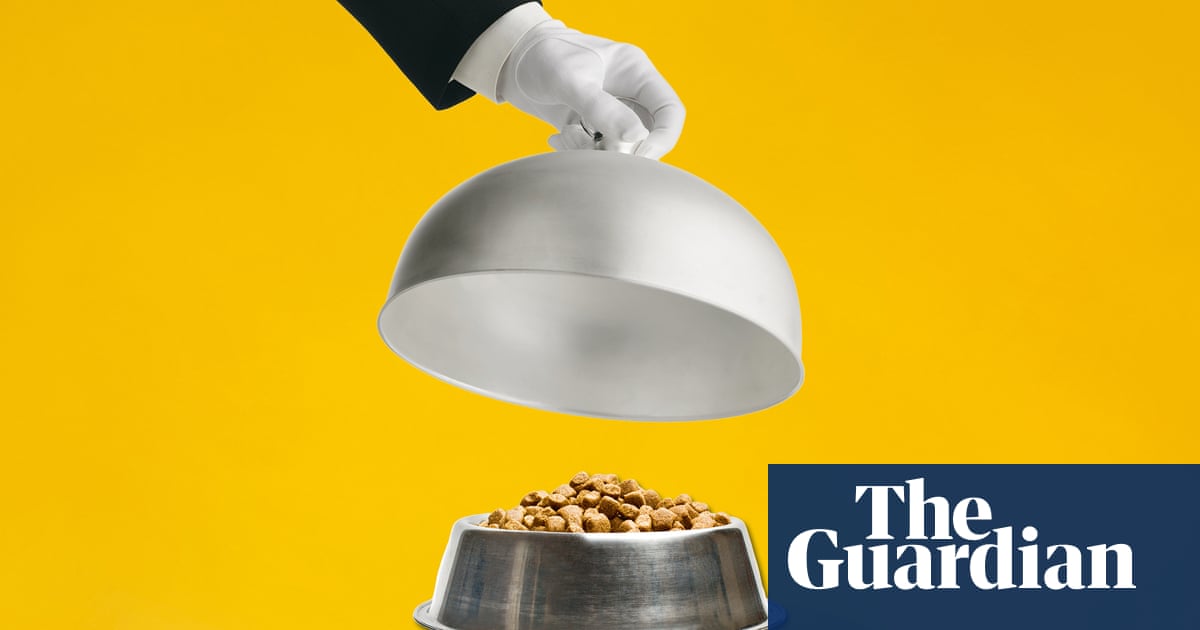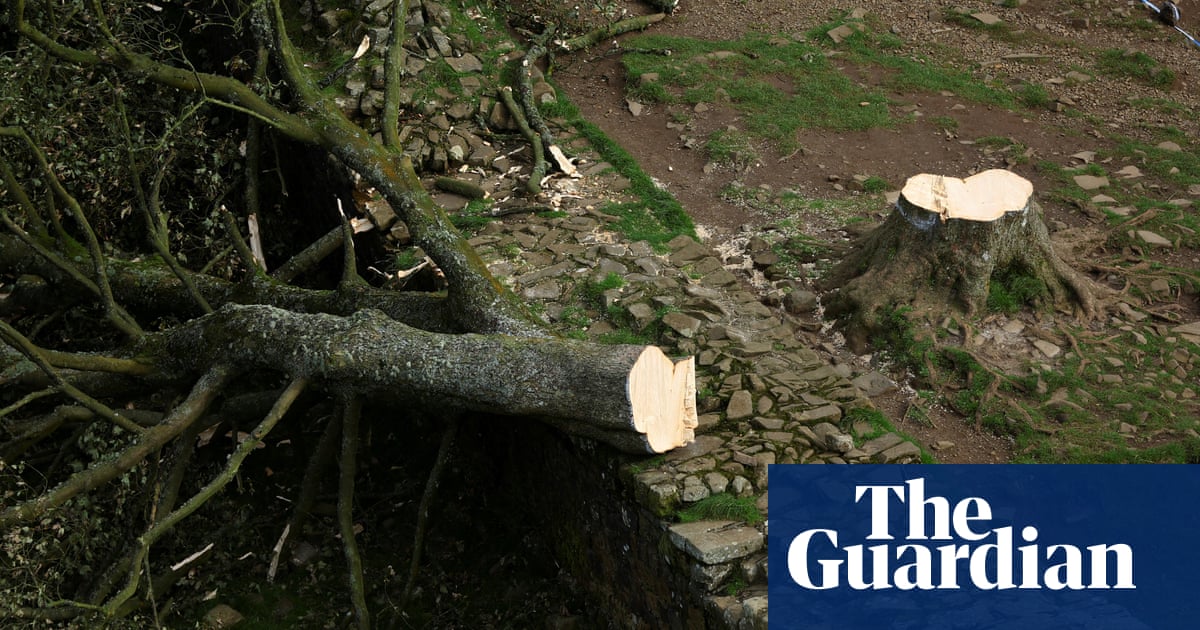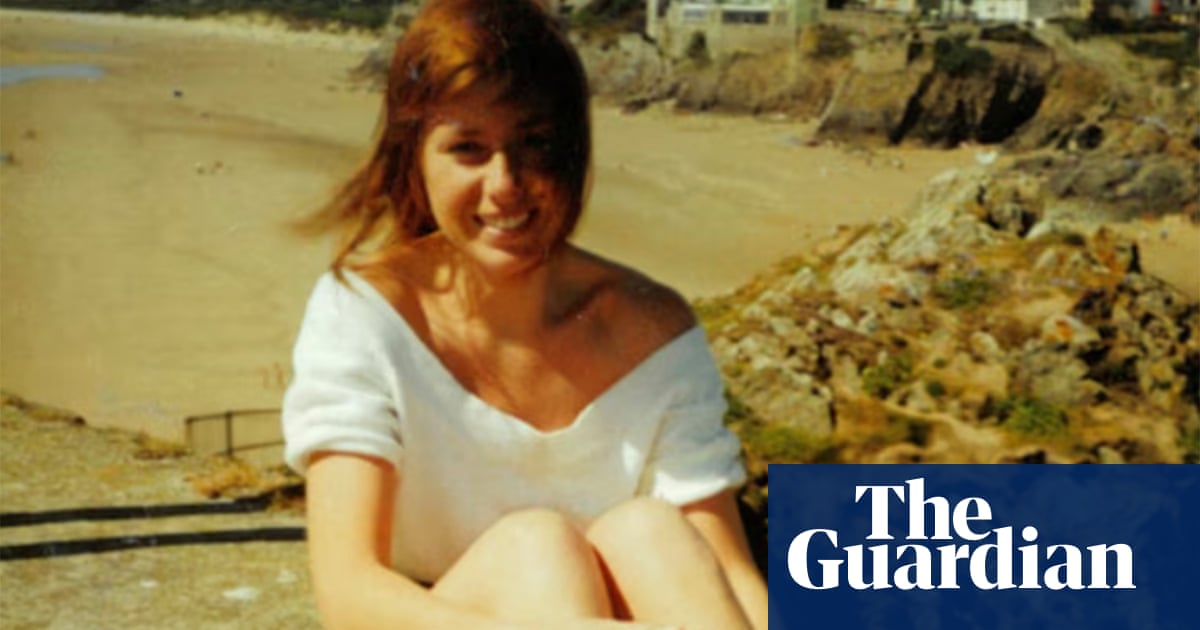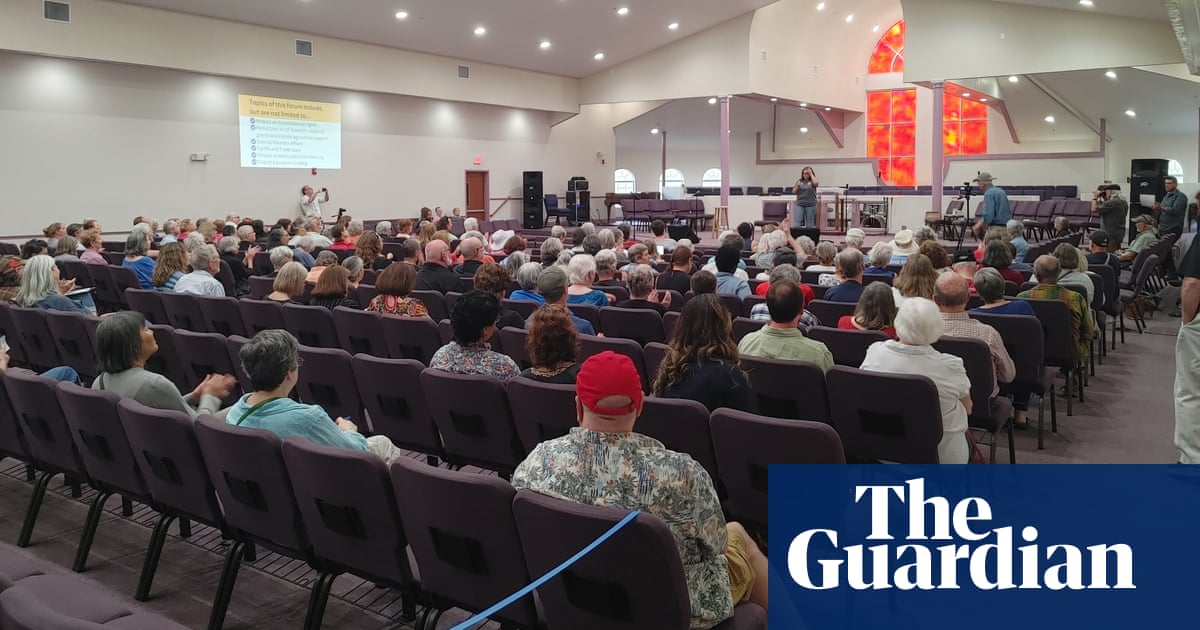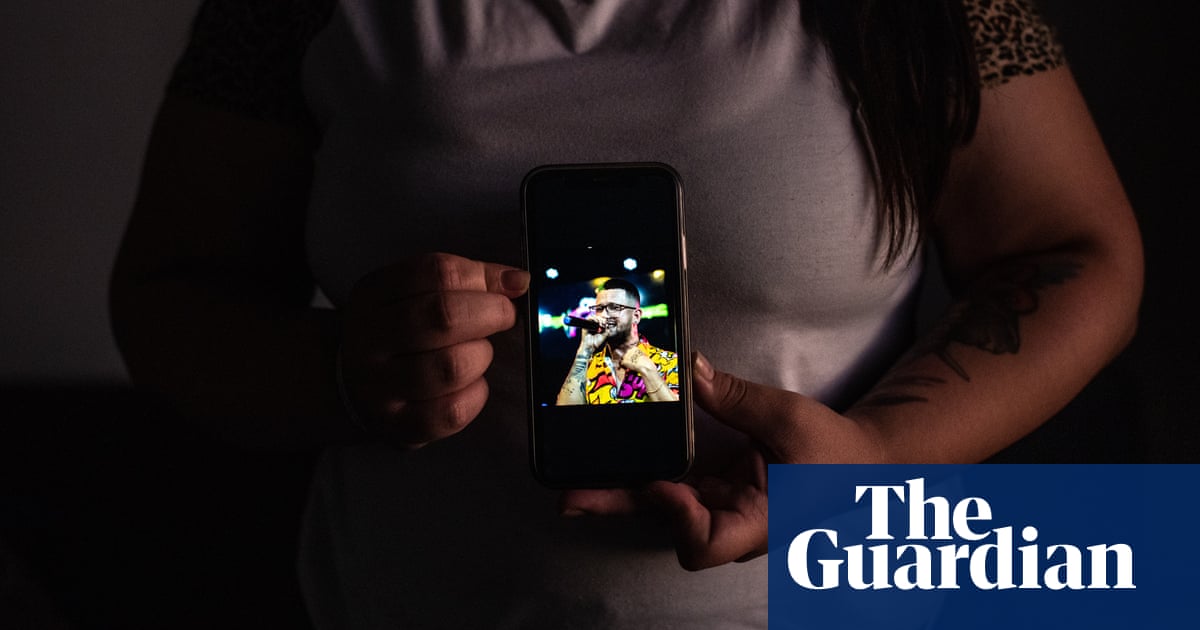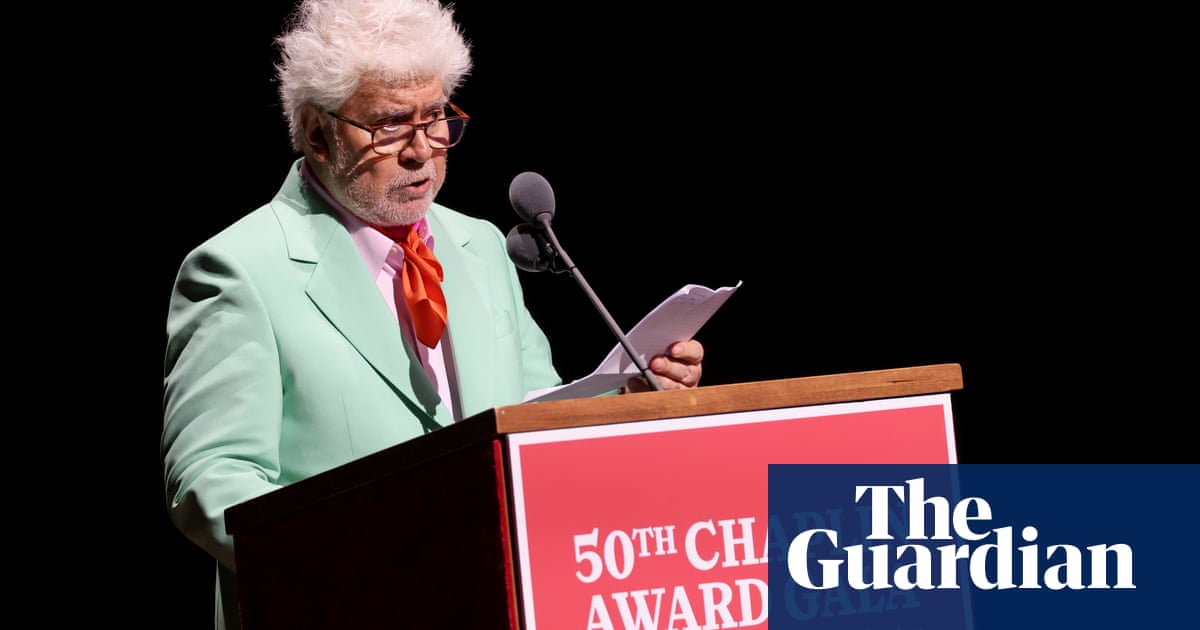The trial of Erin Patterson for allegedly murdering her in-laws by serving them a lunch laced with death cap mushrooms has started in a Victorian court.
Patterson, 50, faces three charges of murder and one charge of attempted murder relating to a beef wellington lunch she served at her house in South Gippsland in 2023.
The 15-member jury in the supreme court trial was empaneled on Tuesday.
Patterson has pleaded not guilty to murdering or attempting to murder the relatives of her estranged husband, Simon Patterson.
She is accused of murdering Simon’s parents, Don and Gail Patterson, his aunt Heather Wilkinson, and attempting to murder Ian Wilkinson, Simon’s uncle and Heather’s husband.
Opening submissions in the case are expected to be made on Wednesday by Nanette Rogers SC, the prosecutor, and Patterson’s lawyer Colin Mandy SC.
Justice Christopher Beale said in his instructions to the jury that Patterson was no longer accused of attempting to murder her estranged husband.
He told the jury those charges had been discontinued, and that they should remove any consideration of these previous charges.
The panel is made up of 10 men and five women. Three of them are reserve jurors, with only 12 deciding on a verdict. The verdict must be unanimous.
Beale said that if the jurors happened to be watching television news and came across a story about the case, they should change the channel, and should similarly ignore it if they came across it in a newspaper or online.
“It’s your duty to decide this case only on the basis of that evidence. You must ignore all other considerations,” he said.
“You must dismiss all prejudices or sympathies you may have … your duty is to consider the evidence using your head, not your heart.
“You must completely ignore anything you have seen or heard in the media, including social media … about this case, and the people involved in it.”
Beale explained types of evidence, using an analogy about whether it was raining outside to outline the difference between direct and circumstantial evidence: someone who said he had seen or heard rain, as opposed to someone who witnessed a person carrying a wet coat or umbrella.
He also explained the onus was on the prosecution to prove its case beyond reasonable doubt.
“Ms Patterson does not have to prove anything. That never changes from start to finish,” he said.
“It’s not for her to demonstrate her innocence, but for the prosecution to prove the charges they have brought against her.
“It’s not enough for the prosecution to prove the accused is probably guilty, or very likely to be guilty.”
He said that in order for Patterson to be found guilty of murder the prosecution had to prove four elements beyond reasonable doubt: that Patterson caused the death of the alleged victim, that she did so consciously, voluntarily and deliberately, that she did so intending to kill, or to cause really serious injury, and that she did so without any lawful justification or excuse.
Beale drew a laugh from the jury when he said that some members of the public may consider them “pretty slack” for only sitting from 10.30am to 4.15pm, with a break for lunch and two shorter breaks.
“But as the trial goes on I think you’ll find it pretty demanding,” he said.
Beale ended his directions with a final warning: “Shut down any conversations with anybody, family, friends, who want to know more”.
The trial in Morwell continues on Wednesday.

 5 hours ago
9
5 hours ago
9




